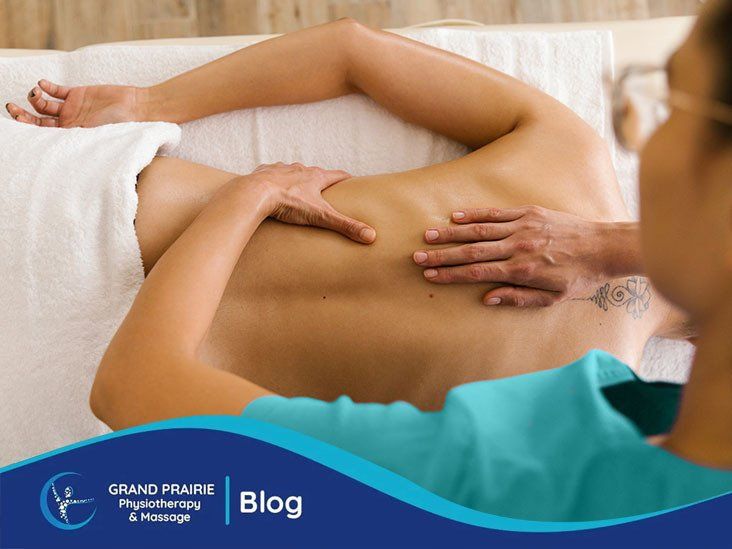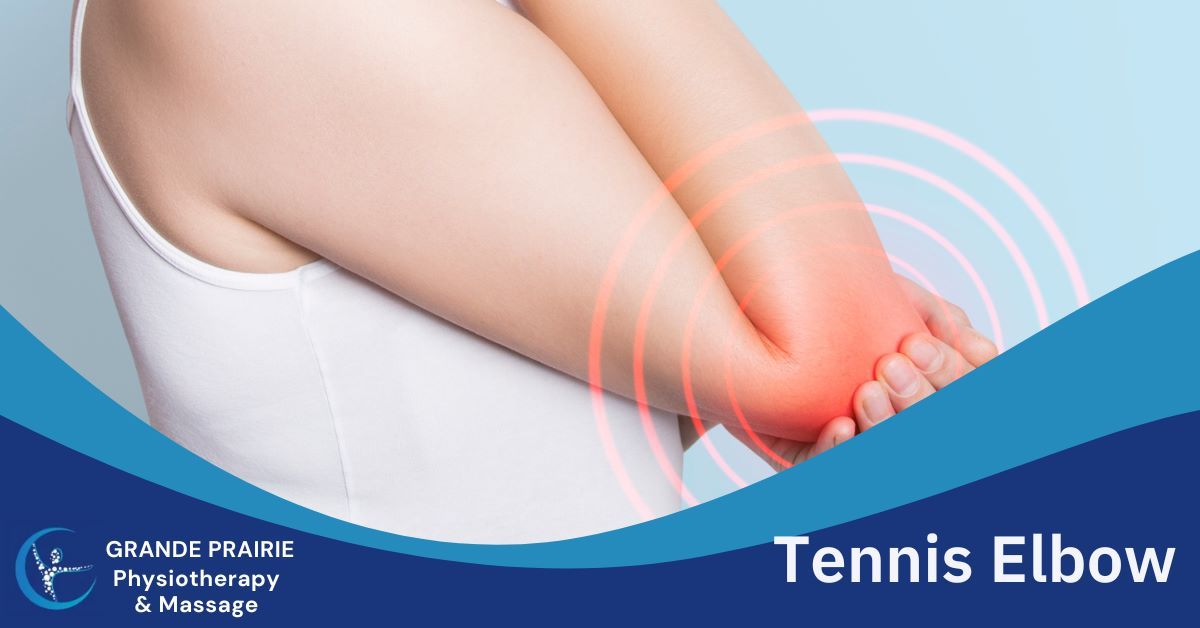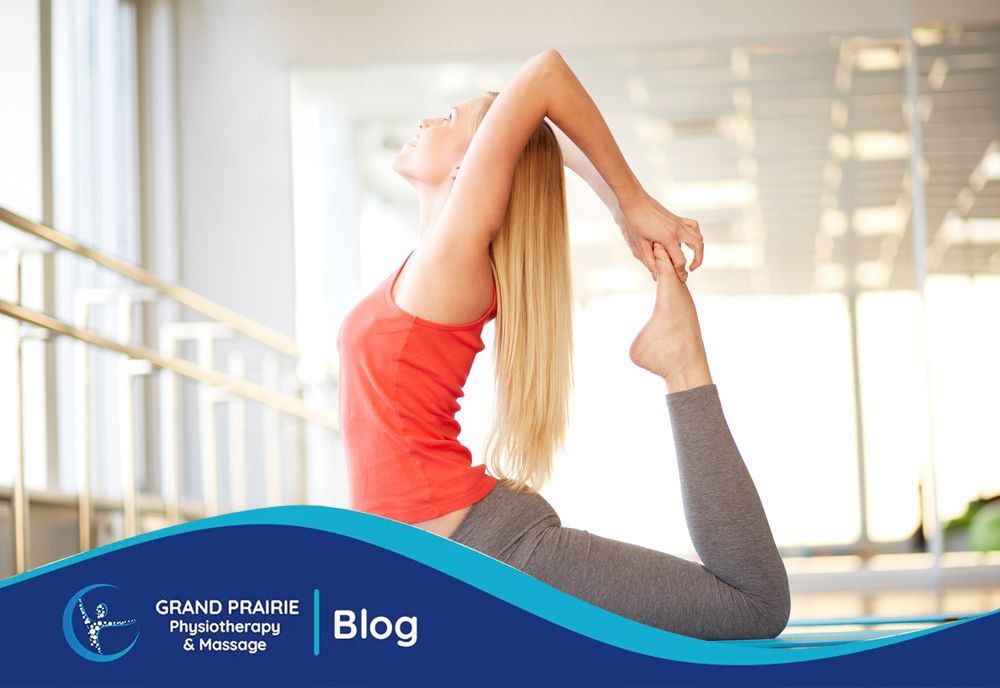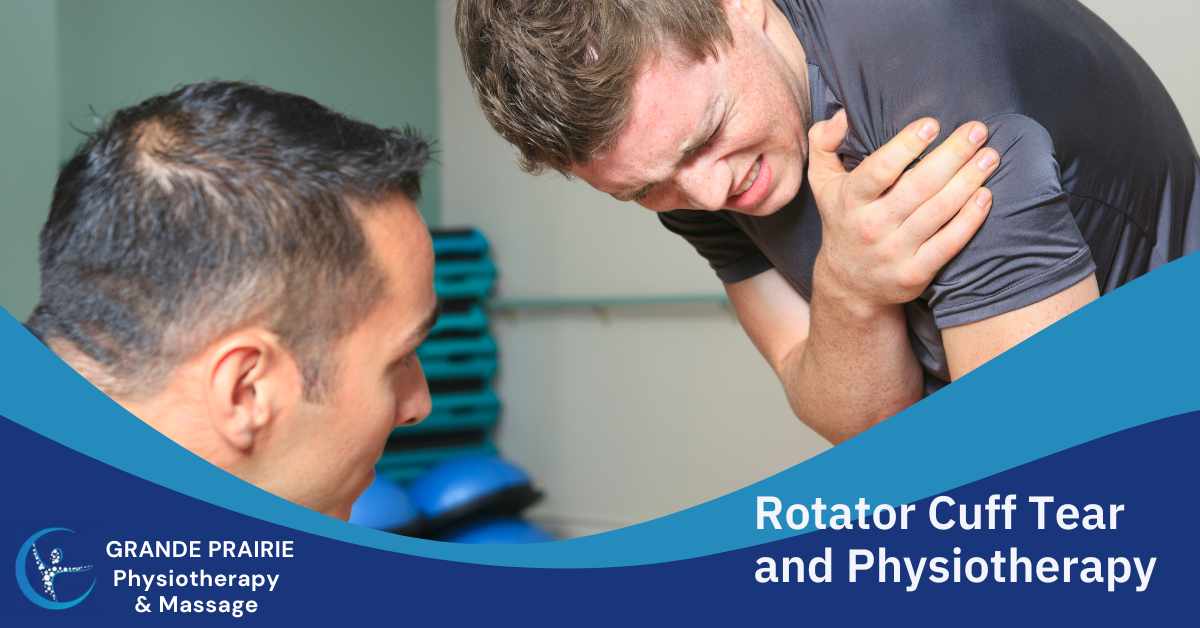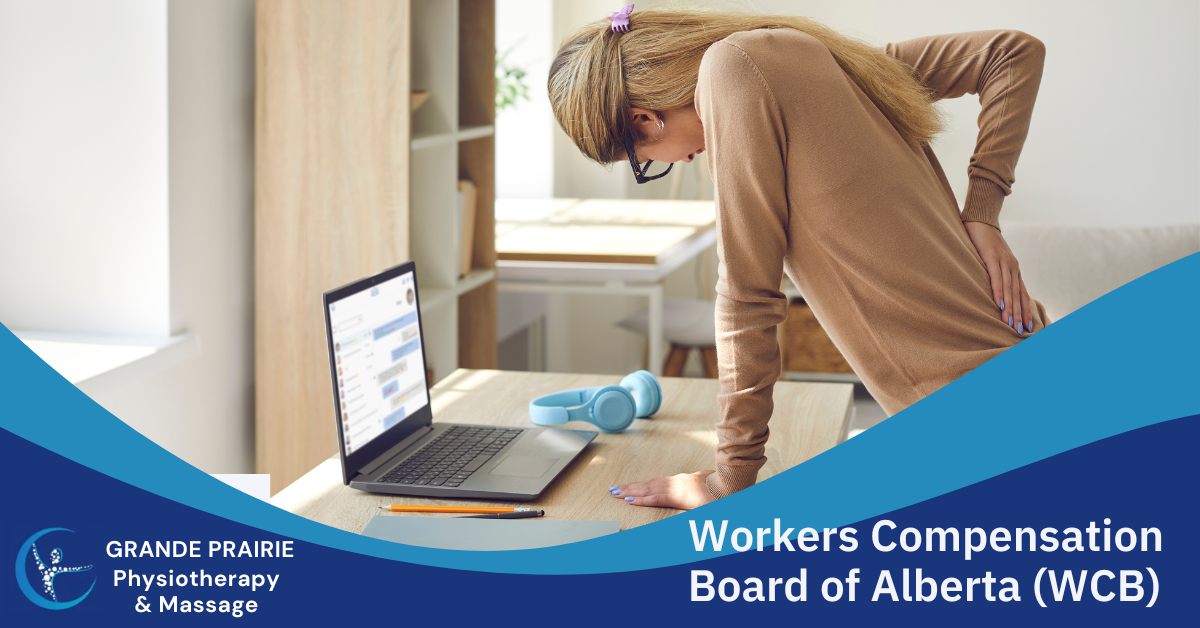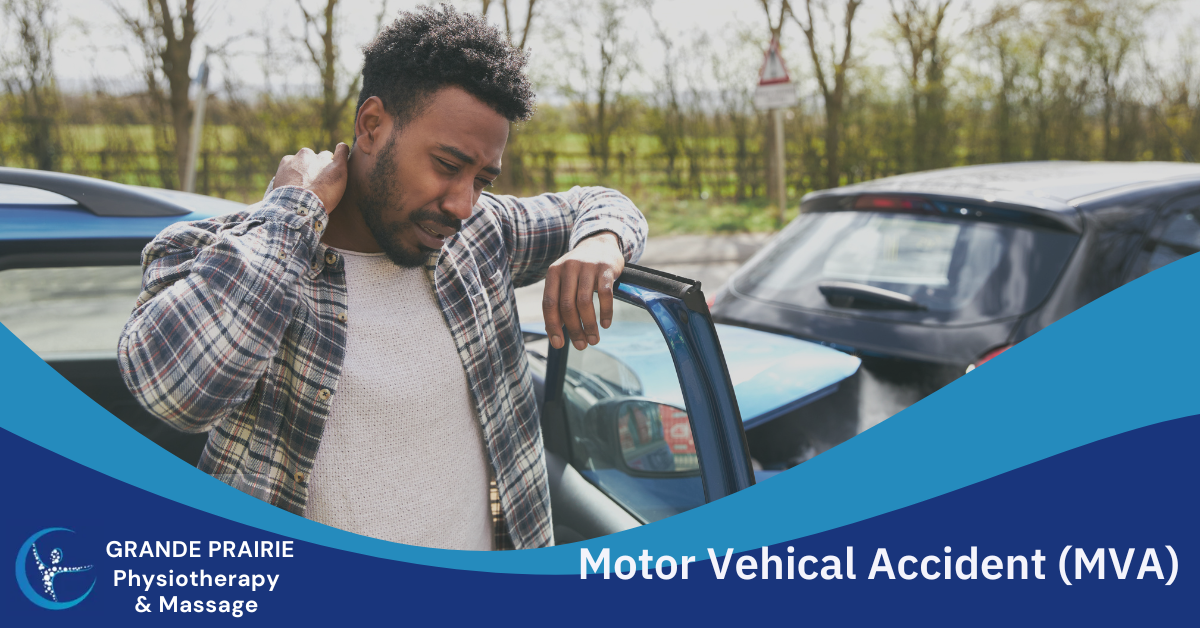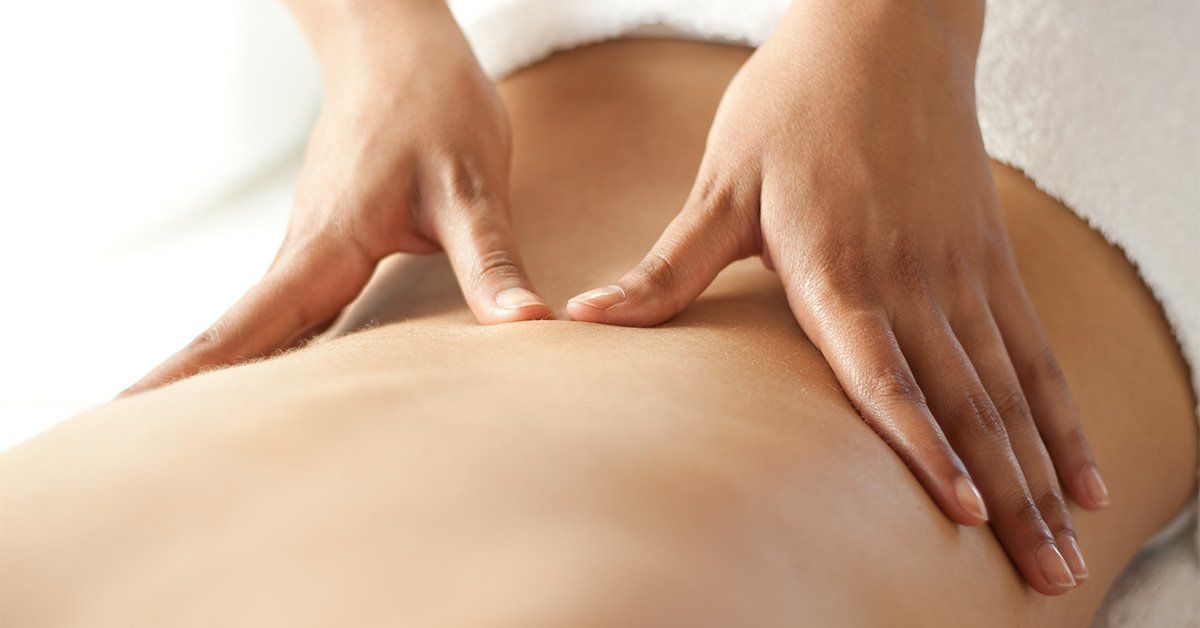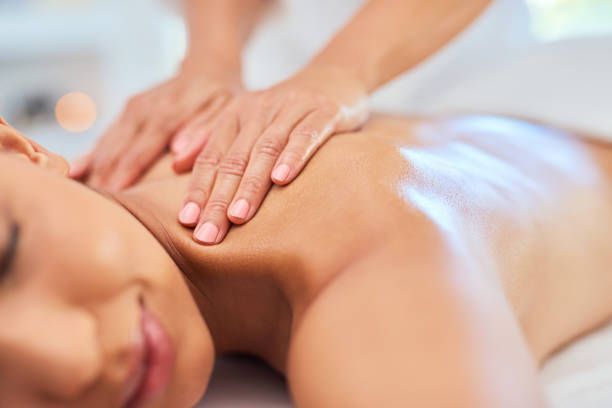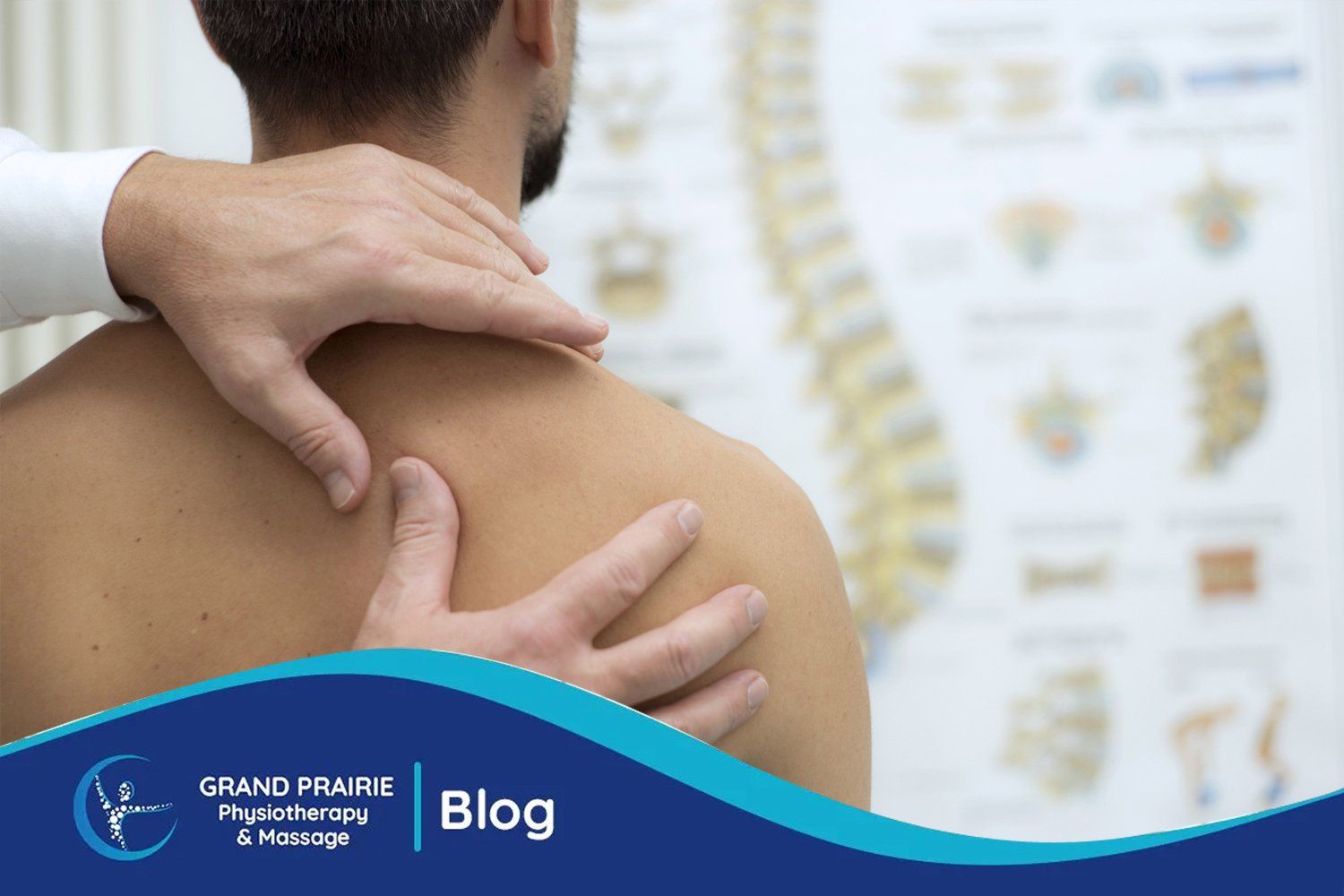Exercises to Help Relieve Back Pain & Sciatica
It's often difficult to know when back pain results from an acute injury or if it will heal with time. In either case, you can do exercises to help relieve the muscles in your back and spine that may be causing discomfort. There are also few stretches you can do to help keep your body mobile and prevent future injuries. Here are a few exercises that can make a big difference for people experiencing chronic lower back pain:
1. Cat/Cow Pose
The cat/cow pose can be beneficial in relieving back pain. This gentle yoga stretch helps to align the spinal cord while stretching out the muscles of your back that are causing you discomfort. Try this pose when waking up in the morning or after a long day at work to relieve tension and increase mobility.
You can do this pose by getting on your hands and knees while facing a large floor mirror. Look at the reflection of your face to help you keep proper alignment while doing this stretch.
Start with a neutral spine, meaning that you shouldn't be sticking out your butt or rounding over your back. Inhale deeply as you drop your belly toward the floor, allowing your upper body to move with it as you round your back. Your head should fall toward the ground, and your eyes should look at the ground. On an exhale, lift your head and pull your belly button in toward your spine as you allow the back to arch into a slight curve like a cat or cow's back. Arch your back as much as you need to to feel the stretch along your spine. Keep your shoulders and hips facing the mirror and look straight ahead throughout this exercise. Repeat on the other side.
2. Tree Pose for Balance & Stability
Stand with your feet together, keep a straight back and raise the top of your head slightly. It will help for better stability in this position. Now keep your arms firmly by the sides of your body. Inhale slowly and gently exhale to feel the weight equally distributed between both feet while remaining as stable a position as possible. Then place the bottom of your left foot on top of your right inner thigh.
Gently shift weight onto this new position and hold for support as you gently roll up into standing, then slowly lower yourself back down again if necessary until it feels comfortable! Keep your back straight and focused on avoiding tripping over yourself.
Find a spot in front of you. It will help keep balance while concentrating. Don't forget that if we don't focus, our eyes can quickly change their center point, which causes instability. So always look ahead!
Keep your left foot pressure on the inner right thigh while maintaining balance. Keep pointing out the hips and pushing forward into a pose that will be good for you! Now, join your hands in front of you and take deep breaths. Feel yourself get calm as you inhale deeply for 5–10 seconds, then exhale slowly through pursed lips. With an exhale, gradually support your ankle with the palm of one hand if required to release that leg back. Now take it down again and repeat on both sides for good measure!
The tree pose can do wonders for you. It fixes stiff muscles and makes your spine erect, which helps improve posture by making the body part in front of one's eyes more vertical than horizontal (unless they slouch). The rotation also stimulates focus while increasing concentration power; it tones thighs as well!
3. Reclining Pigeon Pose
This stretch is great for tight hips. This pose helps any person with a sedentary lifestyle relieve tension in the back and increase flexibility in the hip muscles. The position of the legs also provides a gentle compression of abdominal organs, which can improve digestion and reduce swelling after overeating.
Doing this stretch every day will keep your hips flexible and help to relieve lower back pain.
Massage therapy sessions can also help reduce back pain, even though they can get expensive after a while.
Reclined Pigeon Pose is a gentle hip opener that can be used with tighter hips. It's an alternative to the traditional pose of Pigeon, so it will feel more comfortable and allow for deeper stretching in your legs as well! It can be done at any time but will especially feel good after a workout.
4. Knee to chest
This movement involves the following steps:
- Lie on your back and keep one leg bent so that it points up and rests against you.
- Bring this knee towards yourself as close to chest level as possible.
- Then by leaving the other foot flat on the floor for stability if needed or space around them where they can fit comfortably while facing away from each other.
- Hold 30 seconds per repetition by slowly getting deeper into the stretch before releasing; repeat the process 3 times total through both legs together.
This movement is excellent for lower back pain relief because it helps stretch the muscles in your low back, hips, and thighs. Many people tend to sit on their gluteus all day without realizing that they are placing an unhealthy amount of stress on their lumbar spine by doing so. Knee to chest motion helps relieve all of that stress by helping you stretch your hips and lower back, allowing you to sit with better posture!
5. Child's Pose
This pose, which is also popular in yoga and has the following steps:
- One should start by kneeling on all fours with your heels pressed against Baby's Buttocks Pose (also called "pigeon").
- Separate knees as far apart as you can get them while keeping hips vertical between thighs, so the torso lies down between legs.
- Extend arms up off the floor onto the forehead for support if needed- it should feel like a gentle stretch but not too much pressure!
- Hold 30+ seconds before moving into the next step, lightly releasing back out of the final posture altogether.
Many back pain is caused by muscle spasms, which are unnatural grinding or tightening in the muscle fibers. Child's Pose stretch helps to relax these muscles through gentle stretching, allowing them to return to their natural position and not cause any further discomfort. It also allows your body to release lactic acid build ups in the legs that could contribute to spasms.
6. Pelvic Tilts
This exercise is essential for those looking to strengthen their core, as it can be done from any surface and requires no extra equipment. Also known as a pelvic lift, this motion helps strengthen your back and abdominal muscles that support your spine structure by doing the following:
Lie on the back with legs bent and arms at the side.- Tighten stomach muscles while pressing into the floor, tilting hips slightly upwards (a little), then hold the position for breath before relaxing in return to the original alignment.
- Repeat 10 times or so. Build up over time as desired.
As your body is lifted, the muscles in your lower back are forced to work hard, which provides them with more support and helps relieve the pain you might be feeling there; this includes sciatica. Giving these pelvic tilts a try before bed each night or at any time really can help make sure your core is strong enough to handle most daily tasks!
These are just a few of the many exercises that can help relieve back pain and sciatica. Massage therapy has also been proven to provide relief, so if you have access to it, consider getting an appointment with your local massage therapist or chiropractor today.
Massage Therapy for Back Pain & Sciatica
A study showed that just one 30-minute session of massage therapy helped reduce the pain associated with sciatica, making it possible for patients to sleep better and decrease their medication use. Massage therapy helps relieve pain by increasing blood flow, which reduces inflammation and eases muscle spasms. Massage therapy also helps to realign the tissue in the back and release natural painkillers such as serotonin. Massage can reduce stress, which is often a precursor to muscle spasms and even migraines. Massage is relaxing, decreases anxiety, and improves moods. A good massage from the professionals relieves back pain by increasing blood flow, which reduces inflammation and eases muscle spasms.
Deep Tissue Massage: This massage is a beautiful way to alleviate pain. It can help you feel better by releasing tight and knotted muscles that constrict blood flow, nerves, or other tissues in need of relief from the stress they undergo due to repetitive strain while working out on your own without professional guidance! Massage therapists will often use their elbows when reaching deep into muscle fibers, so don't be shy about asking them for some extra attention if things are hurting down low.
Myofascial Release: Myofascia is the tissue that surrounds muscles. Using the myofascial release technique, massage therapists can gently relieve tension and soreness by using very little force. This method is often best left in professional hands because it requires special training to do well without causing further damage or discomfort.
Massage Therapy in Grande Prairie
Aches and pains are a part of life, and however, they don't have to be. With the right exercises for back pain or sciatica, you can find relief without medication or surgery. If your symptoms worsen with time, it's best to consult with one of our massage therapists, who will work closely with you on an individualized treatment plan that may include some form of massage therapy in Grande Prairie. Contact Grande Prairie Physiotherapy & Massage today so we can discuss what treatments might suit your needs.
At Grande Prairie Physiotherapy & Massage, our licensed therapists offer a variety of treatments that can help treat deep muscle pain, nerve pain, and chronic conditions. From hot stone massage to cupping therapy to myofascial release, we’ve got the perfect touch. Contact us today to book your appointment.

